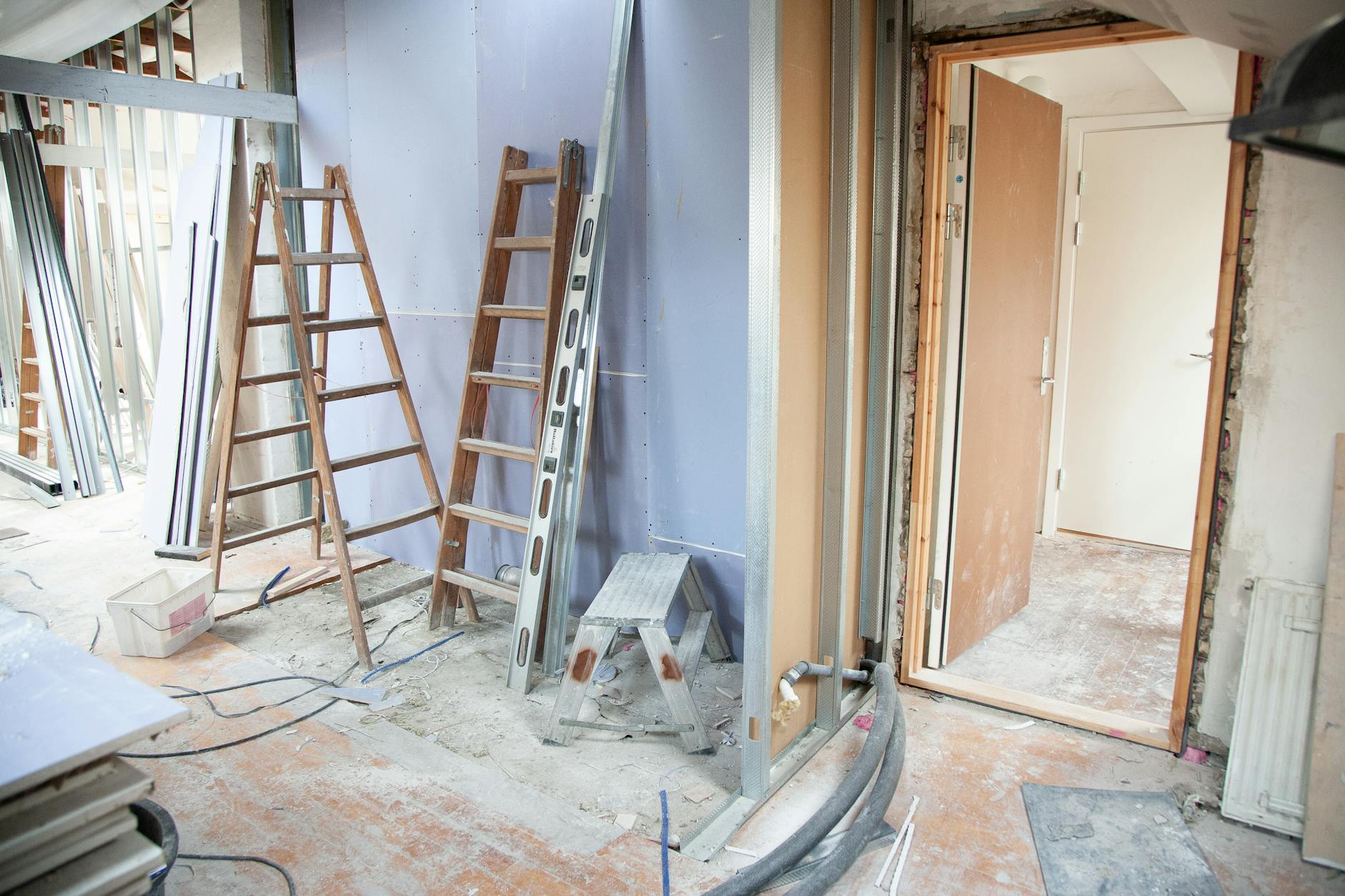In Japan’s residential rental market, the term “restoration to original condition” is a common clause found in nearly every lease agreement. Though unfamiliar in everyday language, this concept plays a crucial role in defining the condition in which a tenant is expected to return the property upon vacating. Misunderstanding this obligation can lead to unexpected disputes or costly claims.
While Japanese rental agreements often stipulate a tenant’s responsibility for restoring the property at the end of the lease, the exact scope of this duty can be ambiguous. This lack of clarity frequently leads to differing interpretations between landlords and tenants. For instance, some tenants mistakenly believe they must return the property to a condition identical to that at move-in. However, normal wear and tear resulting from everyday living is generally not considered the tenant’s responsibility.
This article aims to clarify the true meaning of restoration obligations, delineate the extent of the tenant’s liabilities, and explore common dispute scenarios and practical solutions—based on established legal standards and industry practices.
Definition of Restoration Obligations
In the context of Japanese residential leases, the term “restoration to original condition” refers to a tenant’s responsibility to return the property to a condition equivalent to that at the commencement of the lease. However, this does not imply that every fixture or surface must be restored to a brand-new state.
According to government-issued guidelines, tenants are not held responsible for natural wear and tear or aging-related deterioration that occurs through normal daily living. For example, minor indentations in the flooring caused by furniture placement, or wallpaper discoloration due to sunlight exposure, are typically viewed as unavoidable and do not fall under the tenant’s restoration obligations.
Conversely, damages resulting from negligence, willful misconduct, or excessive use are the tenant’s responsibility to repair. Common examples include stains from spilled beverages, discoloration of wall coverings caused by indoor smoking, or scratches and odors caused by pets.
As such, the scope of restoration obligations extends beyond simply “returning the property to its original state”; it requires a careful evaluation of the source of any damage. This nuanced distinction often leads to differing interpretations between landlords and tenants, making the move-out process a common flashpoint for disputes.
Common Causes of Disputes in Restoration Obligations
One of the most frequent sources of dispute regarding restoration obligations involves the cost of repairing or replacing wallpaper and flooring. In some cases, landlords may demand complete replacement and seek full reimbursement from the tenant. However, whether the damage stems from ordinary wear and tear or from tenant-induced causes greatly affects the allocation of responsibility.
For instance, if wallpaper is discolored due to posters having been affixed, or if there are numerous pinholes in the walls, the tenant may be held liable. On the other hand, discoloration of walls around air conditioning units or refrigerators, and indentations in flooring caused by heavy furniture, are typically regarded as normal deterioration.
Disagreements also commonly arise over housekeeping or cleaning fees. While many lease agreements stipulate that tenants are responsible for cleaning costs upon move-out, the specific scope and pricing of such services are often vague. This lack of transparency can lead to dissatisfaction among tenants when they receive unexpectedly high or unclear invoices.
Furthermore, if lease agreements are unclear about pet ownership or smoking policies, tenants may face substantial repair charges upon vacating. Even in pet-friendly properties, tenants may still be responsible for restoring damage or odors caused by animals. Therefore, it is crucial to confirm such terms clearly at the outset of the lease.
The Relationship Between Lease Agreements and Legal Guidelines
While the specifics of restoration obligations are generally determined by the terms set forth in the lease agreement, not all provisions included in such contracts are necessarily legally enforceable. For instance, clauses that stipulate the tenant must bear all repair costs may be deemed invalid if considered unreasonable or unfair under Japanese law.
To address these concerns, the Japanese government has issued a set of official guidelines titled “Guidelines for Disputes Regarding Restoration to Original Condition.” These serve as a reference for preventing disputes in lease agreements and are widely respected in judicial decisions. The guidelines provide a clear distinction between normal wear and tear, for which the tenant is not responsible, and damage caused by negligence or misuse, which may require compensation.
For tenants, it is essential to understand both the contents of the lease agreement and the principles outlined in the national guidelines. This knowledge allows tenants to critically evaluate any restoration-related charges at the time of move-out. Should a claim appear excessive or unjustified, tenants are entitled to request a detailed written breakdown of costs and may seek assistance from neutral third parties to resolve the matter amicably.
Proactive Measures to Prepare for a Smooth Move-Out
One of the most effective ways to prevent disputes at the end of a lease is to document the condition of the property from the very beginning. Upon moving in, tenants are encouraged to take photographs of the interior using a smartphone or similar device, capturing the state of walls, flooring, and fixtures. These visual records serve as important evidence in demonstrating that certain marks or damage predated the tenancy.
In cases where damage or staining does occur during the lease period, it is advisable to promptly notify the property management company. Discussing the necessity of repairs and clarifying responsibility for associated costs in advance can help avoid unexpected charges upon vacating.
Additionally, reviewing the terms of restoration obligations during lease renewal or when considering relocation can be beneficial. Addressing any uncertainties with the property manager well before move-out ensures clarity and can protect the tenant from having to accept potentially one-sided claims due to a lack of understanding of the lease agreement.
How to Respond to Disputed Restoration or Cleaning Charges
If the restoration or cleaning costs presented at the time of move-out appear questionable, the first step is to request a detailed written breakdown of the charges. It is essential to clearly understand which items are being attributed to the tenant’s responsibility. Each charge should be reviewed in light of documented evidence, such as photographs taken at move-in, and assessed to determine whether the damage in question resulted from natural wear and tear or from intentional or negligent actions by the tenant.
If certain charges appear unjustified, seeking advice from a real estate advisory service or a legal professional is highly recommended. Rather than outright rejecting the claim, approaching the situation calmly, compiling relevant documentation, and involving a neutral third party can lead to a fair and amicable resolution.




